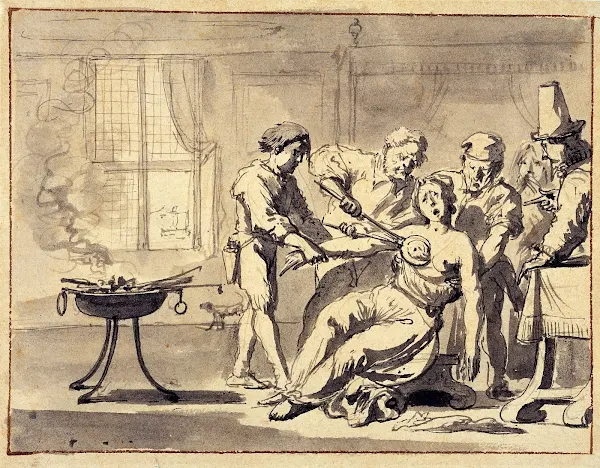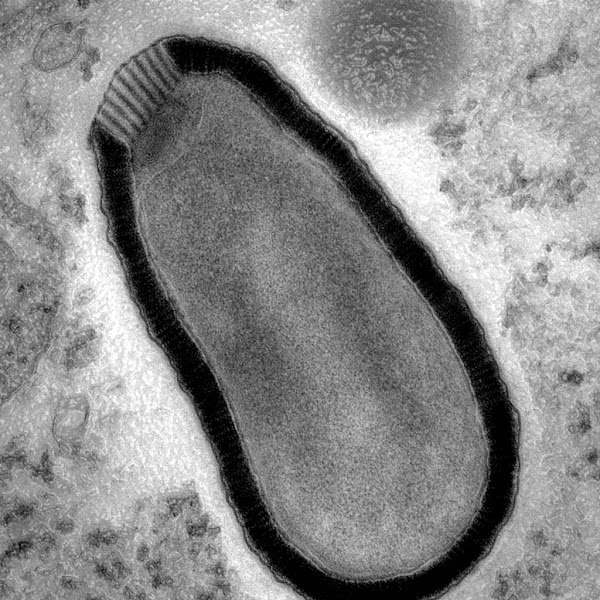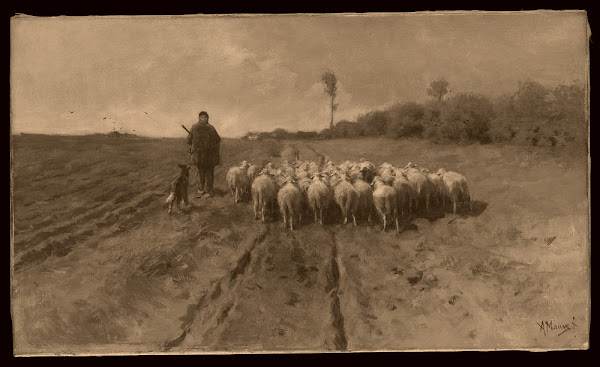How does Artificial Intelligence Predict Breast Cancer?
Artificial intelligence (AI), particularly machine learning and deep learning models, can be used to predict breast cancer and other diseases based on patterns in medical data. AI technology offers innovative ways to analyze mammograms, detecting signs of cancer such as microcalcifications and unusual tissue density. AI has proven to be more precise than human radiologists in identifying these signs, and can even pinpoint cancers too minuscule to be observed on a mammogram by the human eye.
Here are some ways in which AI can be used for breast cancer prediction:
- Medical Imaging Analysis: AI algorithms can be trained to analyze medical images, such as mammograms or MRI scans, to identify signs of breast cancer. These algorithms are often trained using a large set of labeled data, where "labeled" refers to whether or not the image shows signs of cancer. For instance, convolutional neural networks (CNNs) have been extensively used for image-based diagnosis.
- Genetic Risk Assessment: Certain genetic variants are known to increase the risk of breast cancer. AI can be used to analyze genomic data to assess this risk.
- Electronic Health Record Analysis: AI can be used to analyze patient records to identify risk factors for breast cancer, such as age, reproductive history, and family history of breast or ovarian cancer.
- Predictive Modeling: AI can use a combination of factors, including demographic data, lifestyle data, clinical measurements, and more, to create predictive models that estimate the probability of developing breast cancer.
- Blood Sample Examination: AI is also utilized in blood sample analyses to recognize biomarkers linked with breast cancer, including tumor markers and genetic mutations. These biomarkers facilitate in recognizing women who are at an elevated risk of breast cancer development. Moreover, they aid in monitoring women already diagnosed with breast cancer for potential metastasis.
- Electronic Health Record (EHR) Analysis: AI's application extends to analyzing EHRs to pinpoint women with an increased probability of breast cancer. This critical information helps in formulating targeted strategies for screening and preventive measures.
Breast Cancer Surveillance Consortium risk model
The Breast Cancer Surveillance Consortium (BCSC) risk model is a statistical model used to calculate a woman's five-year risk of developing invasive breast cancer. This model was developed using data from the BCSC, a collaborative network of mammography registries with linkages to tumor and/or pathology registries in the United States.
The BCSC risk model takes into account several risk factors, including:
- Age: The risk of developing breast cancer increases with age. Most invasive breast cancers are found in women over age 55.
- Race/Ethnicity: Certain racial and ethnic groups, such as Caucasian women, have been found to be at a slightly higher risk of developing breast cancer compared to women of other races and ethnicities.
- Family History of Breast Cancer: Women who have close blood relatives (such as a mother, sister, or daughter) who've had breast cancer are at a higher risk. The risk is even greater if the relative was diagnosed before the age of 50.
- Personal History of Breast Biopsies: Women who've had a biopsy in the past due to benign (non-cancerous) breast conditions are at an increased risk. Certain benign breast conditions can increase risk more than others.
- Breast Density: Women with dense breasts, as seen on a mammogram, are more likely to develop breast cancer. High breast density means there are more glandular and connective tissue and less fatty tissue. It also makes it more difficult to detect cancer on mammograms.
These factors are used to compute a statistical risk score which can help doctors and patients make informed decisions about breast cancer screening and prevention.
Companies Using AI for Cancer Research
- Kheiron: French company whose AI system stands as a prime example of AI's utilization in breast cancer prediction. The system has successfully outperformed human radiologists in detecting breast cancer, even managing to identify cancers too minute to be seen by humans on mammograms.
- Google AI's creation, DeepVariant: AI system that analyzes DNA samples for mutations correlated with breast cancer. Its efficiency in detecting mutations outshines traditional DNA analysis methods and has been used to identify mutations in diagnosed breast cancer patients.
- IBM Watson Health's Breast Cancer Risk Score: An AI-infused tool that assesses a woman's medical history, familial history, and lifestyle factors to determine her risk of developing breast cancer. The risk score's accuracy surpasses conventional risk assessment tools and is instrumental in identifying women at a higher risk of developing breast cancer, thereby benefitting them through preventive measures.










